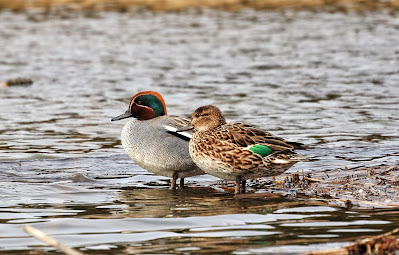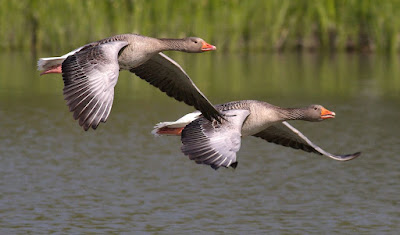Yours truly together with Andy and Will visited the Sand Martin colony on Wednesday where we caught 25 martins. Here’s a LINK to that day for readers to catch up.
During our 4 hours of work with the Sand Martins we noted a pair of Avocets across the more distant, quieter area of the farm that has less traffic from farm vehicles. The larger farm contains fishing lakes where anglers often occupy the wet edges of two other pools that would otherwise be attractive to Avocets and the like.
The Avocets were very vocal across a wide area and engaged in aggressive bouts of chasing off passing crows and gulls. as well as surveying us from above.
It seemed fairly obvious that the adult birds had youngsters in tow and were in the process of showing their chicks the ropes while letting them explore their immediate birth area. It’s a process that birds must go through so as to prepare youngsters for when they go it alone.
We three met up again this morning in the hope of locating and then ringing the chicks, Andy with his trusty landing net, me and Will with binos and sharp eyesight respectively. Three heads and three sets of eyes are better than one when finding wader chicks that can run, hide, swim or submerge, often all three.
And so it proved. As soon as we approached the pool we thought might be the one we saw three chicks almost together at the edge of the pool, chicks of the perfect size for ringing. Within a couple of minutes all three Avocet chicks were in the landing net, then quickly ringed and released to their parents close by.
Avocet
Avocet chick
Avocet chicks
Avocet
Avocet
Note: Avocet Recurvirostra avosettta is a specially protected species.
All birds are protected in some form, but some species have additional protection during the breeding season as do their nests, eggs and dependent young.
To disturb Avocets and other species we have a special licence in advance.
In England and Scotland, permits for ringing and/or nest recording are issued by the BTO on behalf of the relevant Country Agency; licences for other activities are issued directly from Natural England or NatureScot. In Wales, all licences are issued directly by Natural Resources Wales but ones for ringing and/or nest recording are applied for via the BTO, British Trust for Ornithology.
Log in soon folks. You never know what might be in the news with Another Bird Blog.
















































































